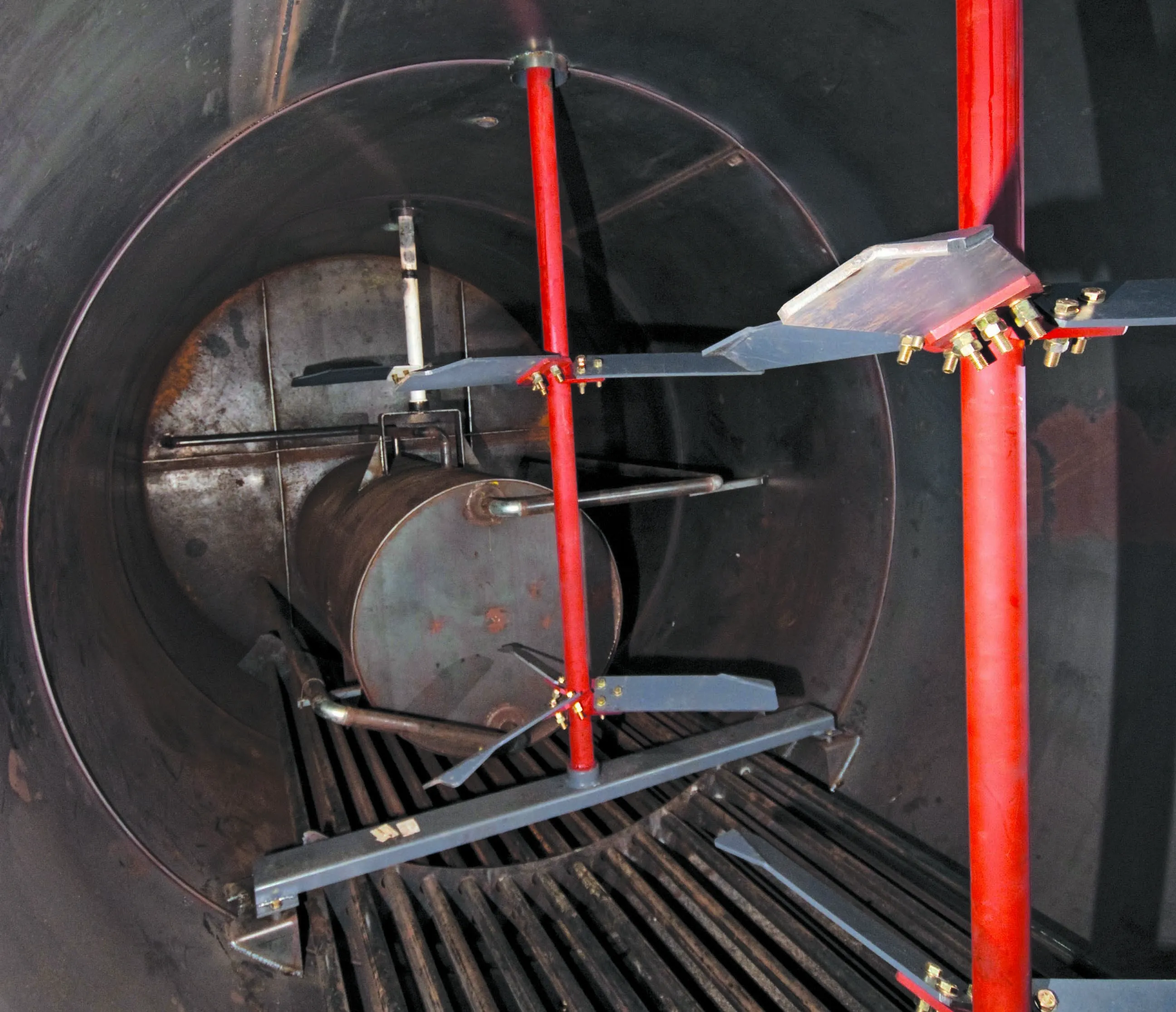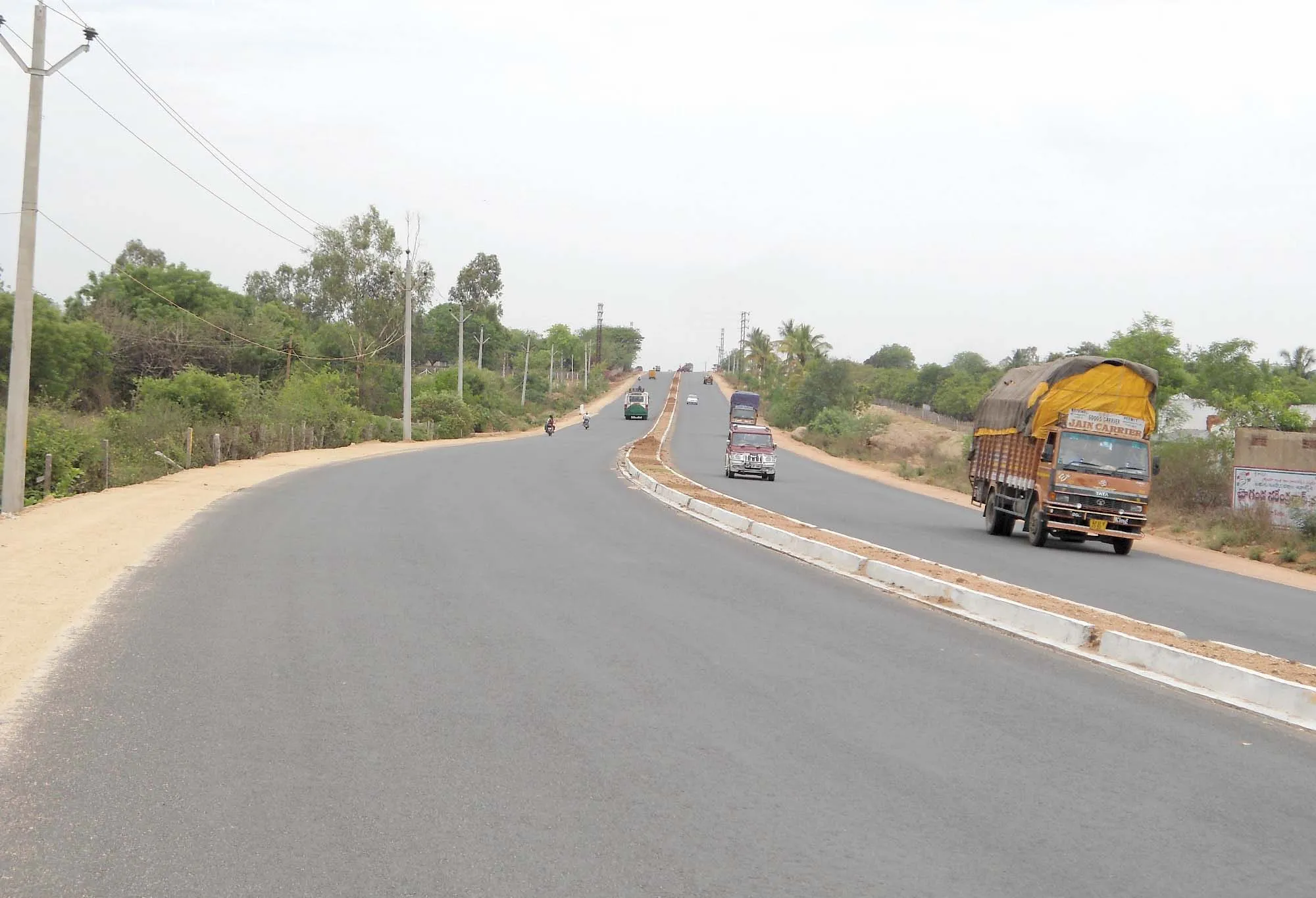Earthquake damage to concrete structures can be reduced by using rubber from waste tyres, according to new research at The University of Sheffield. The research team claims that using recycled tyre rubber in concrete can make it five times more resistant to earthquakes. The EU-funded Anagennisi project is led by experts from the Department of Civil Engineering at the university. This group has demonstrated that rubber, steel and textile fibres extracted from used tyres can be recycled in concrete to make infrastructure tougher and more resistant to extreme events.
The potential for this material use is substantial and it could offer an effective solution to the problem of scrap tyres. Each year in the EU, more than three million tonnes of tyres reach the end of their lives. Tyres are made of roughly 80% rubber, reinforced with steel and textile fibre. Currently, most of Europe’s post-consumer tyres are incinerated, despite environmental concerns and the fact that three to five times more energy goes into producing the tyre than is recovered.
Professor Kypros Pilakoutas is coordinating the project and said, “Incinerating such high-quality materials is plainly wrong. By demonstrating that they can be reused for their original properties, we are hoping that the decision makers will take steps towards limiting incineration to materials that cannot be reused. Anagennisi has also led to the development of three new materials with unique properties that will enable engineers to re-think how they solve problems in a range of applications.”
Recycled rubber can replace mineral aggregates in concrete and allow buildings and other structures to flex up to 8% along their length – 40 times more than structures made from conventional concrete.
Tyre steel wire is exceptionally strong and if blended with manufactured steel fibres increases the flexural capacity of concrete – saving on virgin materials and reducing energy input requirements by up to 97%. Being much thinner than manufactured steel fibres, these fibres also help control cracks more efficiently.
Textile polymer fibres, used primarily as reinforcement in passenger tyres, is also of high quality and strength and can be used to control cracking at the early stages of concrete curing. Textile fibres have also been found to prevent explosive concrete spalling (crumbling, breaking up) during fire.
Professor Peter Waldron, MD of project partner Twincon which has established the first processing facility for tyre wire, said, “These highly engineered materials have valuable properties and deserve to be recycled.”
The research is of interest to engineers, architects, contractors, designers, concrete manufacturers, material suppliers, specifiers and researchers. The next stage is to exploit the new concrete materials in various structural applications such as vibration isolation and bridge bearings.
As part of the project, demonstration projects have already been undertaken in various European countries to convince contractors and infrastructure owners of the benefits. A series of shaking table tests were conducted in Romania at the Technical University of Iasi using rubber in concrete, proving that seismic resistance can be enhanced by 500% compared to conventional concrete. In Spain, tunnel linings were sprayed and concrete railway sleepers were prefabricated using recycled tyre steel fibres.









